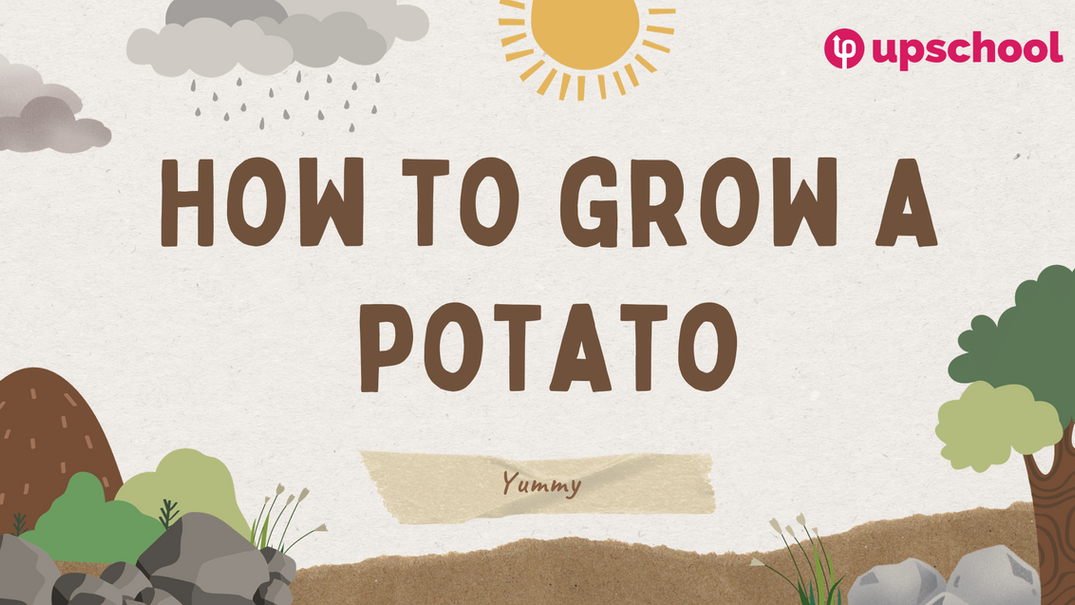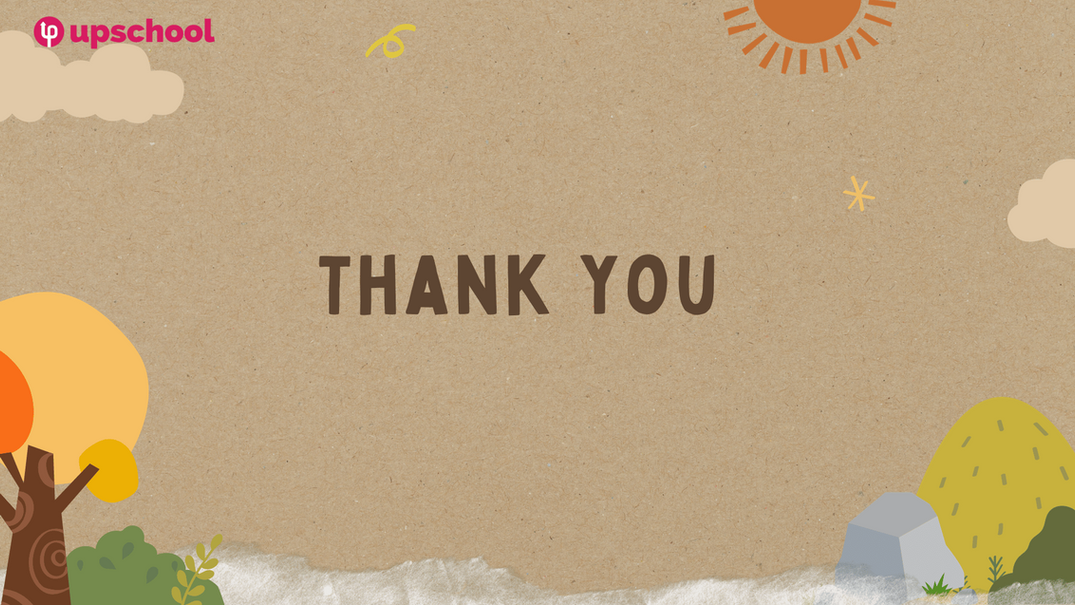Cultures Around The World
Learning Sequence 1
Introduction With Gavin
This week, we’re embarking on an exciting journey into the Himalayas to explore the Sherpa culture through their staple food, Dal Bhat. This traditional dish is more than just sustenance; it’s a rich blend of history, culture, and nutrition, offering insight into the Sherpa way of life. We’ll delve into how they use local ingredients to create sustainable, delicious meals.
In our classroom, we’ll transform into chefs, cooking Dal Bhat together. This hands-on experience will deepen our understanding of Sherpa culinary techniques and flavors. Simultaneously, you’ll research and prepare a dish from a culture of your choice, contributing to our class book, ‘Cultures Around the World’.
Get ready to wear your chef’s hat and embrace the role of a culinary explorer. We’re set to discover the diverse world of food, learning that cooking is not just about recipes but a journey into different cultures and lifestyles.
En Route to Everest - Where are We?
This activity involves tracking a journey to Everest Base Camp on a map each week, offering students a global perspective. Teachers can use this to encourage research on Sherpa culture and remote villages, enriching students’ understanding of diverse lifestyles and geographical awareness.
Throughout this course, we will gradually make our way to Everest Base Camp, located at 5,364 meters. You can track our journey on this map each week, and if you are interested, you may wish to conduct further research on these remote villages to understand more about how the Sherpa people live.

Weekly Keywords
Introduce the spelling word list and choose from this list of tasks that can be repeated and expanded upon if necessary.
Copy the words into a spelling list/Vocabulary book for later reference.
Put each of the new words into a sentence and underline the new vocabulary in red pencil
Place the words in alphabetical order in a list.
Use a dictionary to define each of the words and place them into a vocabulary book.
Try to represent each of the words using a picture or a symbol and play the guessing game. (which image is matched to which word)
Write a paragraph containing all of the new vocabulary.
Make a vocabulary wall containing all of the new words.
Use a thesaurus to find synonyms for the words and create a synonym list.
These words will help you during this week’s lesson. You may already know some of these words however practice makes perfect!
First, read the words and then try to define them as simply as possible.
An example has been completed for you. You can write these into your books, and draw a picture to match or simply complete the task card.

Read and Discuss - ‘Food Around the World
This activity involves students independently exploring task cards about Nepalese and Sherpa cultures, enhancing reading mastery and comprehension skills.
They collaboratively discuss content before tackling increasingly challenging questions, fostering independent learning and critical thinking, vital for their reading development and cultural understanding.
Each week, you’ll receive a task card filled with information about the culture of the Nepalese and Sherpa people.
Work together to carefully read the information. Once you’ve discussed and fully understood it, tackle the comprehension questions at the end. Aim to reach Level 4, where the questions become quite challenging.
Remember how we’ve gathered this information, as you’ll use similar methods in your book.
Your Weekly Goal Check-in
Each week the students will have several minutes to touch base with the people around them or the groups on their table and discuss which of the goals they have managed to actually achieve and which goals they are finding tricky or difficult and are going to accomplish. In the coming days.
Please remember that children do not have to accomplish all ten goals. One goal is sufficient.
For your first week focusing on SDG 15 – Life on Land, start by setting specific goals related to land health and biodiversity on the task card provided.
Pair up with a classmate and share which of the goals you are going to tackle first, discuss why they’re important, and how you plan to achieve them. As this is your first week, think about small, achievable steps you can take and prepare to track your progress.
Remember, every action, no matter how small, contributes to protecting and restoring our planet’s land and ecosystems. You’re embarking on an exciting journey to make a positive impact on the world!

Choose Your Culture or Civilisation
In this activity, you’ll guide students to personally choose a culture they’re curious about. They’ll independently research and create a booklet, nurturing their sense of agency in learning.
This task is designed to encourage their choice and personal connection, fostering a deeper, self-driven exploration of global cultures.
As you’ll be creating your very own book about a culture or civilization from any corner of the globe. Choose one that sparks your interest and curiosity.
Over the next 10 weeks, you’ll delve into researching your chosen culture, crafting a unique ‘Cultures Around the World’ booklet. This is your chance to explore and express your creativity and understanding.
First up, decide which culture you’d like to focus on. If you’ve already got an idea, fantastic! If you’re still pondering, check out the list we’ve put together for some inspiration.
Once you’ve made your choice, we’ll embark on a journey of discovery, uncovering the fascinating aspects and stories of the people in your selected culture. Let’s get started on this exciting exploration!

Design the Front Cover of Your Book
In this activity, students will utilize Canva to design a front cover for their ‘Cultures Around the World’ book. It encourages them to creatively blend their artistic talents with digital graphic design skills.
The task not only enhances their proficiency in using Canva but also nurtures their creativity. As they work on their covers, they’ll explore various design elements, fostering their ability to visually communicate ideas and improving their overall graphic design competencies.
Now that you’ve selected your topic for the next ten weeks, it’s time to combine your artistic flair and digital literacy skills to design the ideal front cover for your book.
Keep in mind, your book is titled ‘Cultures Around the World’.
Check out the example provided and follow our guidelines to create an eye-catching front cover that will captivate everyone’s interest. We have made a template so that your book will be the perfect size.
Good luck, and feel free to be as creative as you like!

Research Questions on Food
Students will develop a page on food in their chosen culture for a book. They’ll use research questions provided to independently explore reliable sources (likely the task card) to gather information. This activity fosters critical thinking and independence in research skills.
As you are about to add a page to your book about food in your chosen culture or civilization, we are providing you with a series of research questions that may help you gather the information you need.
Take a look at the task card opposite and use these research questions to help you gather enough information to add a a page on food to your book.

Adding Your First Pages
This activity involves students in creating an information booklet, with each week dedicated to researching and designing a new page on a specific cultural aspect, starting with food. It emphasizes developing research skills and the ability to compile information reports.
Students will creatively design each page, integrating various elements like diagrams, bullet points, and quotes. This task not only hones their research abilities but also their skills in presenting information in a visually appealing and informative way.
Now that your front cover is ready, it’s time to begin adding the internal pages to your book. Each week, we’ll introduce a new page focused on a different topic.
Take a look at our example as a reminder of the various elements you should include. These elements are things like diagrams, fun facts, bullet points, paragraphs, subheadings, titles, and even quotes.
Incorporating these features will make your information booklet more engaging and enrich the reader’s experience.
When you’re ready, begin researching for your first page, which will be all about food.
Use the template link to help you navigate organising your whole book. You’ll find that button below labelled ‘Create in Canva’
Each week we will add a new page to our books until, they are all complete.
Real World Learning- Growing a Vegetable
This activity engages students in real-world learning and community service by growing their own vegetables. Teachers can emphasize botany education through hands-on experience in planting and nurturing plants.
As the vegetables mature, students can donate their harvest to local communities, fostering a sense of social responsibility and community connection. This project integrates practical botany lessons with a meaningful contribution to society, enhancing students’ understanding of ecology and the importance of sustainable practices.
Because we are going to cook our own dish this week, wouldn’t it be great if we could grow our own vegetables to use in the future? Obviously, vegetables take a long time to grow, so we won’t be able to use them this week.
But today, we’re going to learn how to grow our own vegetables from scratch.
Take a look at the example of growing potatoes opposite this text, and then decide which vegetable you want to grow. Start planting your vegetables either at home in the garden or in your school playground. Wait until they’re ready to harvest, and you might be able to use your newly harvested food to help feed hungry people.
How about that?
Making a Dal Bhat - Follow the Recipe
This week, students will independently prepare traditional Dal Bhat, fostering cooking skills and self-reliance. Teachers should supervise closely, guiding them in safely gathering ingredients, following recipes, and encouraging hands-on meal preparation. This activity not only teaches practical cooking techniques but also nurtures independence in a supportive environment. It’s an engaging way to integrate life skills into the classroom while ensuring a safe, guided learning experience.
This week, we are going to make a traditional Dal Bhat for you and your class to try.
Gather the ingredients listed, follow the steps, and invite the whole class to join together for a meal of Dal Bhat. You might even add some vegetables, such as onion and chutney. Make sure you ask an adult for help, and use your hands while you eat!
Delicious!

Weekly Inspiration - The Story of Rice
This activity involves students traveling to the Philippines, virtually or through interactive learning, to explore the rice production process from harvest to table. It’s designed to broaden perspectives on global agriculture and deepen appreciation for everyday foods, enhancing cultural understanding and global awareness in the classroom.
This week, we have been learning all about food, particularly rice. To conclude this learning sequence, we are going to take a trip to the Philippines to see how the local people prepare their rice, from harvest to table, in several easy steps.
The next time you enjoy a bowl of rice, think about how lengthy the process is before we can enjoy this tasty dish.

.png)




















